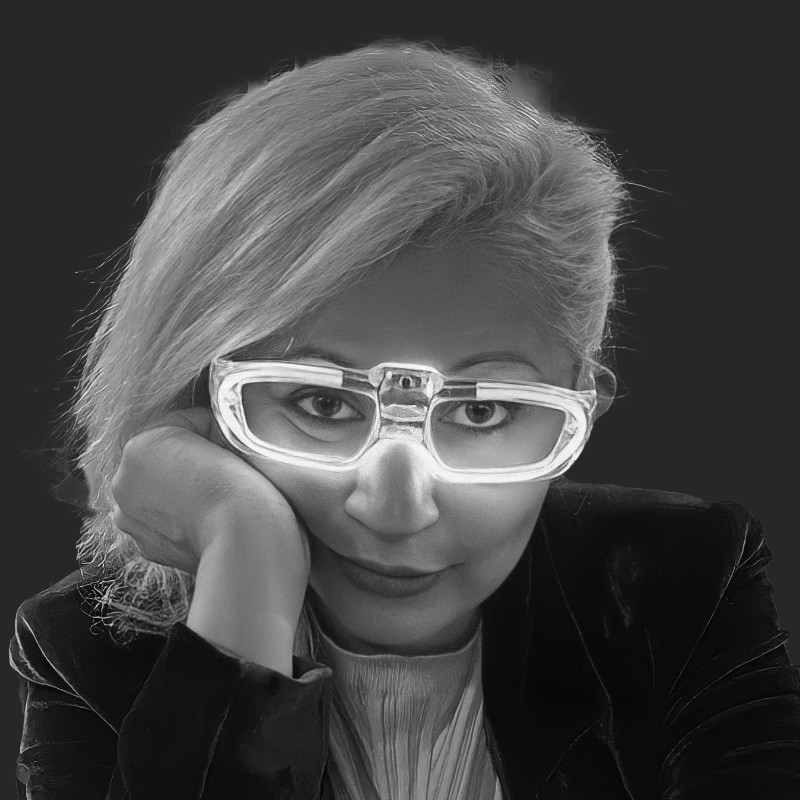In 2019, I was deep into my obsession with fungi and mycelium. I wanted to explore their potential — materially, symbolically — but I needed more lab fluency. More protocol. More microbial intimacy. I remembered Eduardo, my mentor from Biohacking Academy, and reached out to ask if he would teach me. But I’m not made for private lessons. I’m made for groups, for shared processes, for knowledge that ferments in conversation.
Microbiology for Artists
So we opened the doors: “What do penicillin and watercolor have in common?”
That was our guiding question. And from it, Microbiology for Artists was born — a study group, a temporary laboratory, and perhaps the beginning of everything I now call Creativity in vitro.
We met throughout April 2019 for six sessions. The group was wildly interdisciplinary — chemical engineering, environmental science, bioplastics, jewelry, graphic design. Mostly women. One participant worked in the conservation of art storage spaces, analyzing microbial life in rooms where artworks rest between exhibitions. We were all drawn by the same thing: the strange beauty of what’s alive but invisible.
Eduardo guided us through the choreography of lab life. We asked: What is a microorganism? What is life? When do we begin to see? What does the microscope reveal — and what does it obscure?
We made culture media, learned asepsis, talked lab safety, swabbed the world. We laser-cut a caffeine molecule and used it as a stencil on agar, creating Petri-dish photographs in living negative space. We ended the cycle with a visit from Janaína Dernovesky, who introduced us to 3D bio-printing — seeding the idea that even microbes can be shaped, guided, invited to grow in forms of our design.
And then came Artist Vaginas
One of the participants mentioned she had Candida albicans, a yeast infection. We began asking: what might grow from our own microbiomes? What happens when intimacy becomes method?
We collected samples — vaginal flora. In the Petri dish, the yeast bloomed into what looked like pearls. Or universes. We transferred the cultures into liquid medium, then inoculated new agar plates using laser-cut stencils shaped like vulvas. Microorganisms grew only in the negative spaces of the stencil — intimate portraits in bacterial time. One participant photographed the plates, and Eduardo brought them to an exhibition at MIT.
And yes — my vagina was exhibited on the wall of MIT.
I say that with layered joy. It’s a joke. It’s a spell. It’s a microbial intervention.
Looking back, Microbiology for Artists and Artist Vaginas were never isolated projects. They were portals. They mark the beginning of my partnership with Eduardo — a collaboration that continues to evolve inside Creativity in vitro.
What we do now is not so different. We still ask impossible questions. We still play between protocol and poetry. We still grow things — slowly, carefully, together.
At the time, we asked: What do penicillin and watercolor have in common?
Today, I ask: Can imagination grow in a Petri dish?
 Lina Lopes
Lina Lopes  From Aliens to Chatty Bots - A Short History of Our Fictions
From Aliens to Chatty Bots - A Short History of Our Fictions